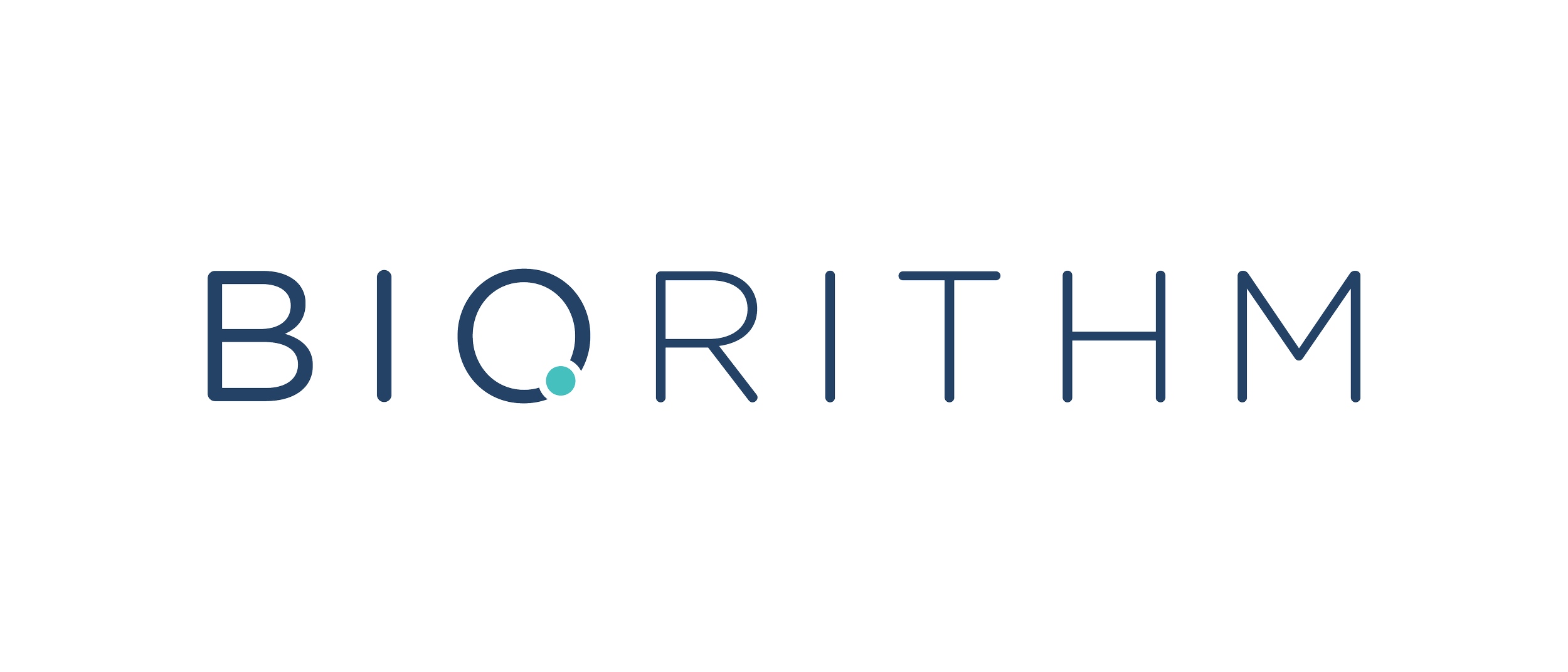COVID-19 for the Pregnant: What’s Changed vs. What Hasn’t? [Part 1]
With the rapid evolution of COVID-19, it can be stressful to keep up with the latest news and medical recommendations, especially if the recommendations are for an expecting mother. While COVID-19 does throw some curve balls for the traditional pregnancy journey, some aspects of life for pregnant women have not changed.
What Has NOT Changed?
1. Pregnant women are not more likely to get severely unwell from COVID-19.
To date, there is no evidence to support that pregnant women are more likely to become severely ill from COVID-19 than the rest of the population, unlike SARS and MERS, which are also respiratory diseases. In the general population, 80% of people who are diagnosed with COVID-19 only experience mild symptoms, such as cough, fever, and shortness of breath. However, COVID-19 is a very contagious disease, so it is important for expecting mothers to take extra care to reduce risk of catching it.
2. Increased risk of harm to the baby is very unlikely even if the mother contracts COVID-19.
There have recently been two reports of likely vertical transmission, where a woman transmits the diseases to her baby during pregnancy or birth. However, both babies were discharged from the hospital are doing well. Therefore, even with the possibility of transmission to an expecting mother’s baby, whether in utero or immediately post-birth (this is yet unclear), babies of mothers with COVID-19 have been healthy and doing well.
3. Expecting mothers will have space and support in the hospital when the time for delivery comes.
Hospitals are not giving away space in inpatient obstetric care units for COVID-19 cases, as maternity care is considered to be an essential service. In other words, when the time comes, all expecting mothers will have the space and support they need to deliver their babies in a designated and safe environment. There are even interim processes to support pregnant PUI (persons under investigation) while mitigating risk to other expecting mothers, healthcare workers, and the newborn baby.
4. COVID-19 should not be the sole reason for choosing home birth.
Similarly, this pandemic should not be the reason for why an expecting mother chooses home birth. The decision for home birth takes into account several factors, and since hospitals are still expecting mothers to come give birth, no one should pivot to home birth due to fear. Home birth is associated with its own set of risks, and the decision for home birth should appropriately weigh benefits and risks.
5. The likelihood of birth defects does not increase if the mother has COVID-19.
The baseline probability for birth defects is 3 - 5%, and this statistic still stands in babies born from mothers with COVID-19. While a high fever, a symptom of COVID-19, can lead to birth defects, this does not only apply to COVID-19 and speaks to the general level of health and caution pregnant women should be practicing regardless of COVID-19.
Remember: while many things have not changed, pregnant women are still considered a “high-risk” population by the CDC. This just means they should be extra careful: don’t travel unless completely essential, stay home as much as possible, and be extra vigilant when shopping for groceries or having to step outside (and don’t forget to wash hands as frequently as possible). With the right information and support, your pregnancy can proceed with minimal disruption and a peace of mind based on knowledge and understanding.
Disclaimer: As COVID-19 is novel and evolving rapidly, not many studies have been conducted to provide concrete evidence on all of the information shared. For the most accurate and recent updates, please follow any of the resources below.
Resources: Centers for Disease Control and Prevention (CDC), The Royal Australian and New Zealand College of Obstetricians and Gynecologists (RANZCOG), Royal College of Obstetricians & Gynecologists (RCOG), The American College of Obstetricians and Gynecologists (ACOG)
